McLaren CEO Mike Flewitt on a difficult year and an electrified future
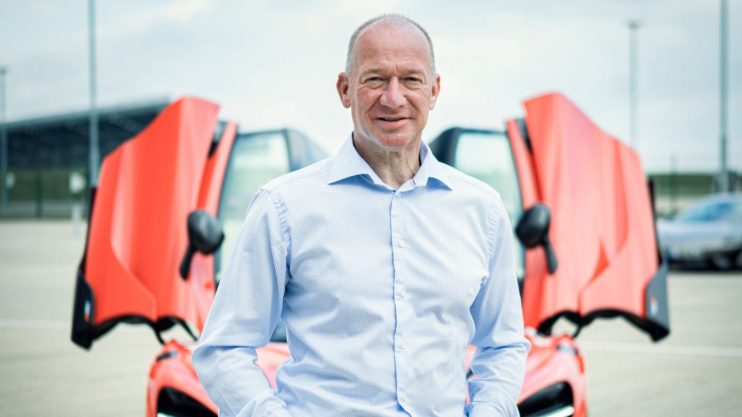
Braking hard from 170mph on the Hangar Straight, another McLaren 765LT looms large in my mirrors. Two corners later, it’s almost nudging my diffuser.
Admitting defeat, I pull over and wave the faster driver through. Airbrake aloft and tailpipes glowing blue, he kisses the kerb at Abbey, applies a flick of opposite-lock and blasts away.
Only after I return to the Silverstone pit lane do I realise my on-track adversary was Mike Flewitt, the CEO of McLaren Automotive, who looks as comfortable in a supercar as a shareholder meeting.
Before he joined McLaren in 2012, Flewitt was Vice President of Manufacturing at Ford of Europe, plus his CV includes stints at Rolls-Royce and Tom Walkinshaw Racing (TWR).
This year has, inevitably, been difficult, but Mike seems in good spirits. Perhaps he knows how much slower I am. We grab a coffee and begin…
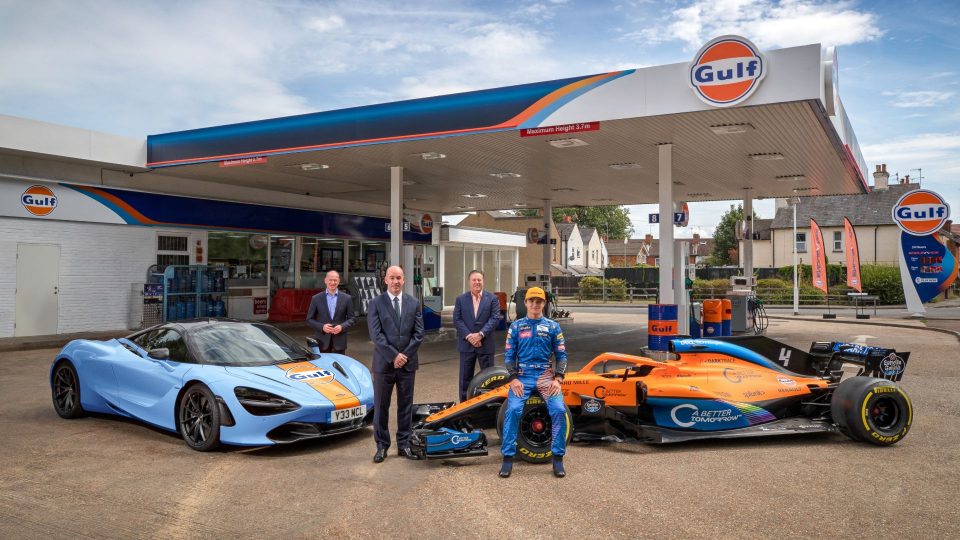
How would you sum up 2020 for McLaren?
“Horrible. We came into this year really well, with sales up 11 percent in 2019. Then the pandemic progressively hit us. We closed our factory and most retailers at the end of March, so at that point the business was pretty much stopped. We weren’t building cars or selling cars.
“That was really grim, and a huge financial strain, but we secured financing that saw us through. We restarted Speedtail production in June and mainstream production – albeit at a reduced volume – in July. In terms of development, our two priorities have been this car [the 765LT] and the new [hybrid, V6-engined] platform, due in April 2021.
“We had to go through some redundancies and, to pay down our debt, we’re doing a sale and lease-back of the McLaren Technical Centre in Woking. Frankly, most companies don’t own their headquarters – we were just very fortunate that, after many successful years of Formula 1 under Ron Dennis, McLaren could buy the premises outright.
“Operating costs are now back to break-even and we look forward to the market recovering slowly. I don’t know how much of a setback a Covid ‘second wave’ will be, but there’s a different tone to things this time: dialling back social contact, but continuing to facilitate people working and education. I’m cautiously optimistic.”

Tell us about McLaren’s hybrid future.
“We built the first of the ‘hybrid hypercars’ with the P1, a hugely exciting car with extreme power. It showed everyone that hybrids weren’t just an environmental game to play; they could also offer a performance advantage – and be thrilling for the driver.
“More recently, we used a different hybrid system in the Speedtail. From zero to 300kph [186mph], it’s the fastest car in the world. Quite staggering. We had to evolve into making more hybrids, though; it brings a complete step-change in CO2 levels – halving them compared with our twin-turbo V8s. But to get the real benefit, we needed a new platform to suit.
“Our factory in Sheffield will build the carbon fibre tubs and the electric motors are made in the UK, too. It’s a very important step for us and we’ve invested a lot of money, as this hybrid platform underpins the next 8-10 years of cars. We’re very excited about bringing it to market.”
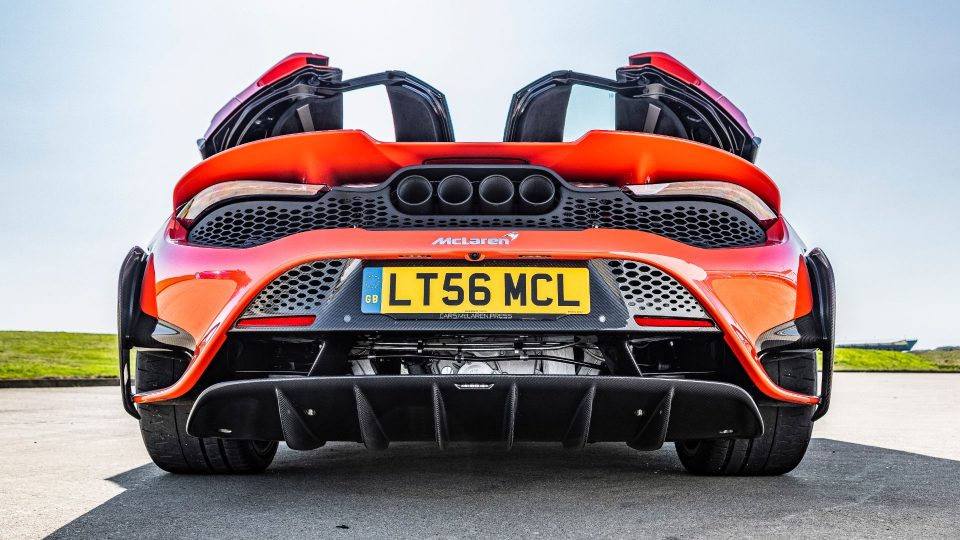
What about electric cars – will we see a McLaren EV?
“Yes, but not until the latter part of this decade. It’s hard to get the balance of power and range with performance cars. You could have an extremely fast EV, but it will have very little range – and it won’t offer enough engagement and excitement.
“Primarily, we make cars that are exciting, and performance is part of that. Yet a lot of that sensation also comes from the powertrain, and that’s missing with EVs.
“I think our GT product range will be first to go electric, then it will evolve into the supercars. We have a couple of development cars running around, and we’re working on chassis dynamics. We want to make an EV that’s as thrilling as the 765LT you’re driving today.”
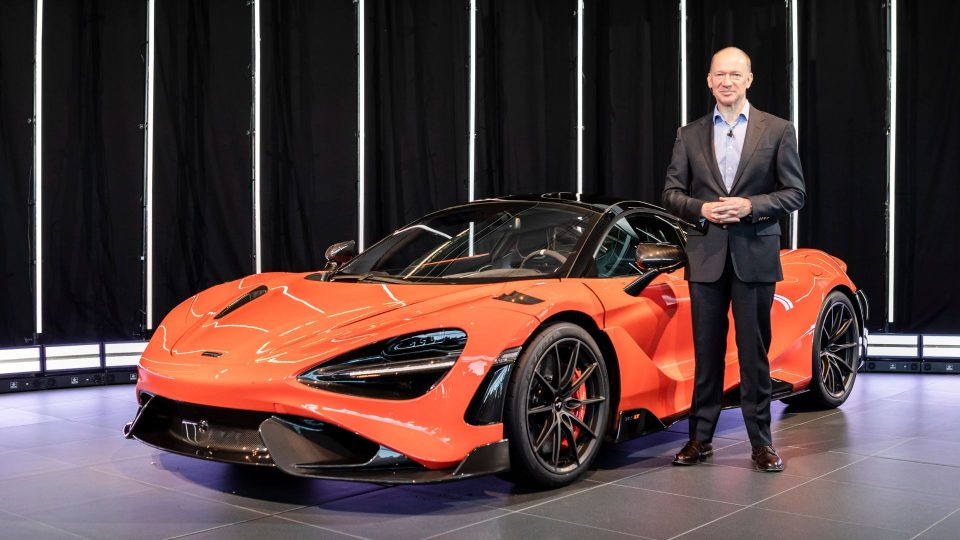
Speaking of the new 765LT, what’s your verdict?
“I adore it. The performance is astonishing. The chassis has been developed much more for track use, so it’s very focused. Speed is relentless, grip is tremendous.
“Cars like this are totally indulgent, but we are selling an emotional experience – and the 765LT delivers that better than anything I’ve driven in a long time.”
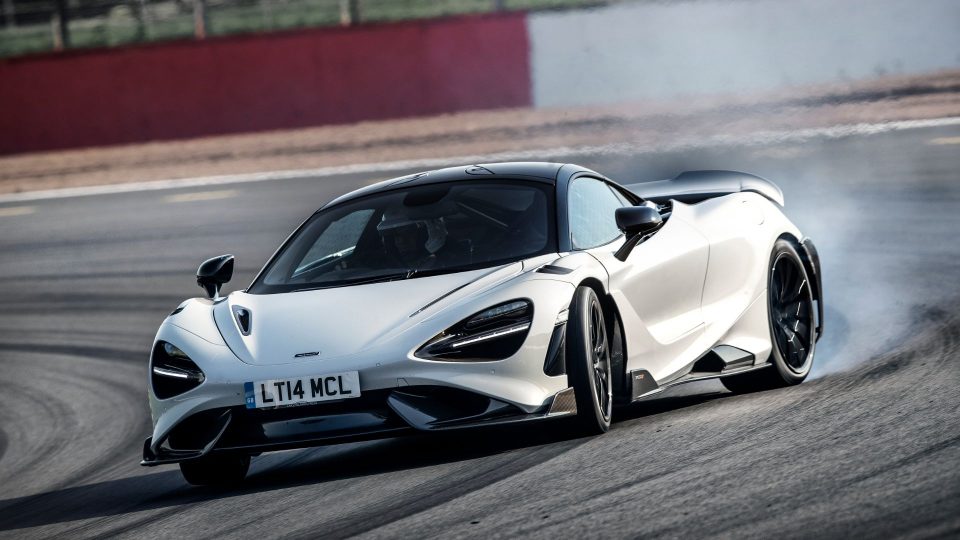
You’ve had some bad press regarding depreciation. Is McLaren making too many cars?
“Not this year, of course… But we are sensitive to this and I’d love my owners not to lose a penny. That said, depreciation is the most significant cost for any car owner, and very, very few cars actually appreciate. So the question is how much the individual is prepared to pay for the privilege of owning something like a 720S.
“There was a time when there were a lot fewer supercars and manufacturers in the market, so you could buy some cars and trade them after a year with very little depreciation. We retailed about 4,500 cars in 2019 and we’ll be back to that level by 2022 or 2023.
“We are careful to manage supply and we run a qualified scheme for previously owned cars at McLaren dealers. That’s the best way to maintain value.”
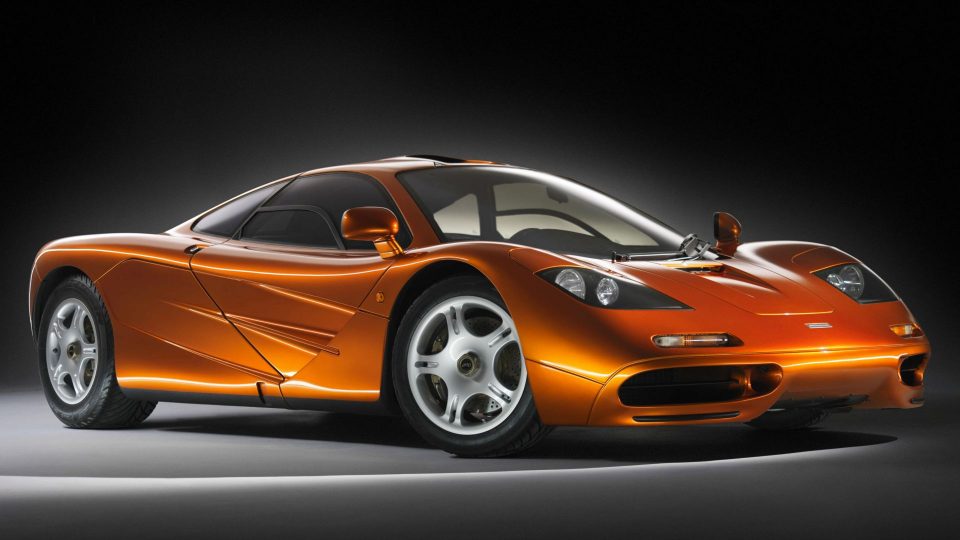
Gordon Murray’s T.50 is arguably the spiritual successor to the McLaren F1. What’s your take on it?
“All credit to him. I like Gordon and plenty of people will admire the T.50 and see it as a modern-day F1.
“It’s a uniquely positioned car that doesn’t meet global homologation standards – and that’s fine as he’s only producing 100 for out-and-out enthusiasts. But it isn’t going to change the supercar world. The 765LT is far more relevant in terms of the market.
“In the niche he’s playing in, though, it’s a brilliant piece of engineering.”

It’s 25 years since the F1’s historic victory at Le Mans. Would you like McLaren to race there again?
“I’d absolutely love to. We planned all sorts of celebrations this year to mark that win, and sadly they’ve all been cancelled. Le Mans was closed to spectators, after all.
“We’re having an amazing year in GT3 and GT4 racing – we’ve just won the championship in GT4. It would be great to build on that and grow back into Le Mans, which is the senior category for sports cars. I don’t see it happening in the next year or two, but it’s on the wish-list.”

Let’s talk about your interest in cars…
“I love modern supercars. I drive a McLaren GT every day and have a 675LT at home. But I also race classics – in fact, I was here at Silverstone last week doing a test day in a 1955 Lotus Mark IX.
“Cars aren’t just transport to me, they’re really something to enjoy.”
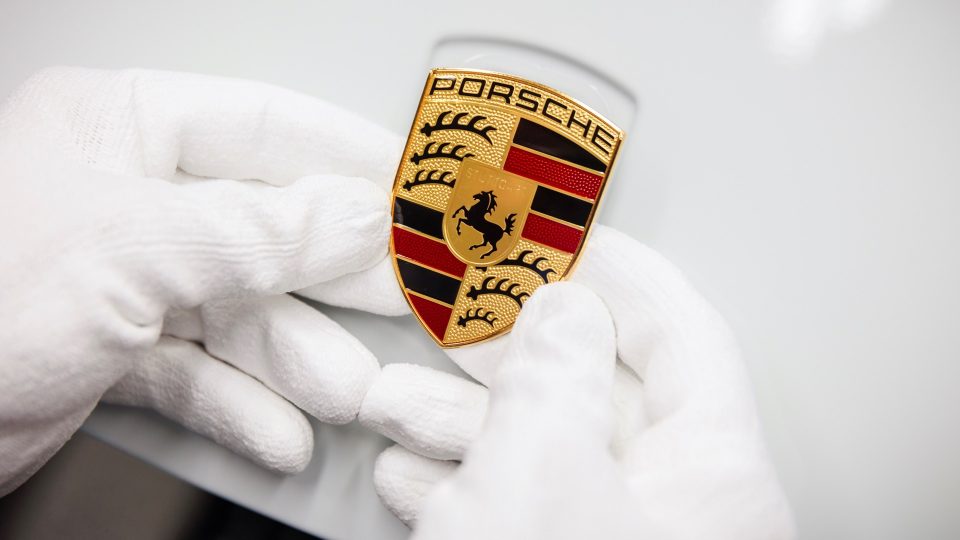
Which other car brand do you most admire?
“I admire Porsche hugely for its engineering and commercial structure. The company builds a quarter of a million cars a year, yet still retains a perceived exclusivity. It also has segment-leading products in most of the areas where it competes.
“I’ve got a lot of time for Ford and BMW, too. They both demonstrate you can have great driving dynamics at different price points. I drove a Ford Focus for years and it was brilliant. We also have a BMW M2 and a Range Rover at home.”
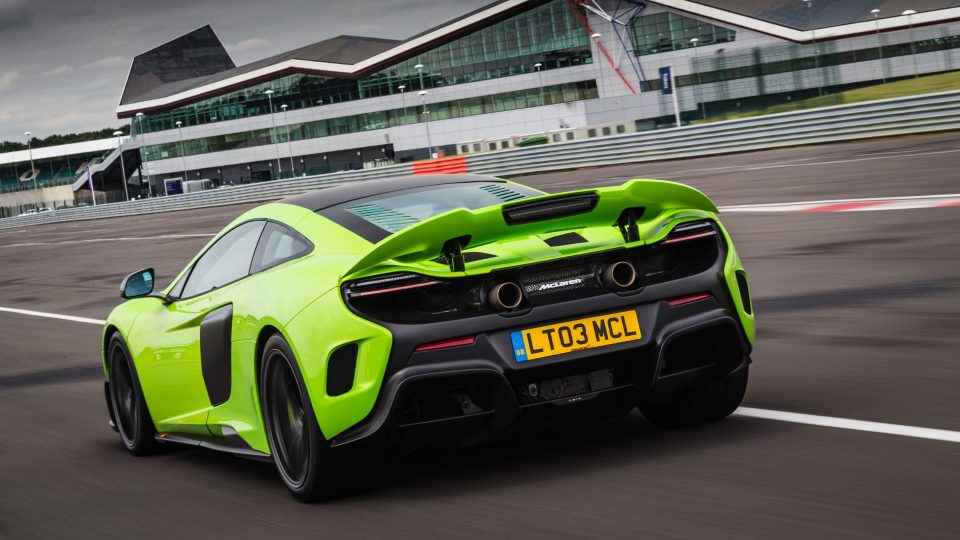
Of which McLaren road car are you proudest?
“That’s a really hard one. I am desperately proud of the new 765LT. Before this, I’d have probably said the 675LT. We took the 650S and made it a little lighter, faster and more aerodynamic, but the result was way more than the sum of its parts.
“In truth, I’d struggle to separate my 675s from my 765s. Perhaps the LT [Longtail] brand is what I’m proudest of. The cars are daily usable and very exciting even at low speed, yet they’re amazing on a track. They absolutely hit the spot for McLaren – and for me.”
Tim Pitt writes for Motoring Research